Call us now:
Department of Probability and Statistics
Basic academic studies
Statistics, actuarial and financial mathematics
The field of Statistics, Actuarial and Financial Mathematics was introduced in 2006. By the end of 2022, 303 students graduated from this course.
What is taught in studies?
The first two years of studies on the module for statistics, actuarial and financial mathematics comprise the so-called common basics, which consist of subjects (analysis, algebra, geometry, computing, etc.) that are taken and passed in all majors at the Faculty of Mathematics. In this way, every student who completes the course Statistics, Actuarial and Financial Mathematics receives the title of graduate mathematician (with an indication of the module) and thus all the rights that graduate mathematicians and other profiles have. In addition to these subjects, through the subjects Introduction to Probability and Introduction to Statistics, students are introduced to the basic concepts of probability and its role in data analysis, artificial intelligence, actuarial, finance, demography, etc. In addition, students are introduced to basic statistical methods as well as the possibilities of using different software tools for this.
The first group consists of subjects: Theory of Probability, Mathematical Statistics and Random Processes in which basic (basic) knowledge is acquired in the studies of this direction. These courses enable students to understand various methods used in applications.
The second group consists of subjects: Elements of actuarial mathematics, Elements of financial mathematics, Elements of statistical learning, Machine learning, Dispersion analysis, Information theory, Time series and applications in finance, Pattern theory. It is already clear from the very names of the subjects that specific knowledge is acquired within these subjects, which are necessary in the application of probabilistic-statistical methods in the most diverse researches in almost all areas of human activity.
The third group of subjects consists of: Statistical software I, II, III and IV. In these courses, students are introduced to programs used for statistical data analysis, that is, statistical (machine) learning, such as R and Python. Students demonstrate the adopted basic and advanced concepts of statistical programming through independent projects through which they gain important experience in working with real data.
In addition to the above subjects, students have the option of taking some multidisciplinary courses, such as the course Introduction to Computer Topology, where the basics of topological data analysis are studied. Through professional practice, which is mandatory, students have the opportunity to gain the necessary applied experience before completing their studies, which will help them in their further career.
Data Science
Data analysis (Data Science) represents one of the most promising areas of modern science. Generally speaking, the job of a data analyst is to spot patterns in raw data and build models based on them that will be used to make predictions on new data in the future. For this purpose, a wide range of mathematical methods are used, such as the techniques of mathematical analysis, optimization, and especially mathematical statistics and statistical models. Also, a data analyst uses a variety of computer tools to implement mathematical models, the most famous of which are the programming languages R, Python, then Matlab, as well as many others. Data analysts are in high demand in companies dealing with various IT activities as well as finance. For this educational profile, the necessary education can be obtained at the Faculty of Mathematics of the University of Belgrade, in the Department of Statistics, Actuarial and Financial Mathematics, which offers the necessary theoretical and practical knowledge required for work in the field, and a multitude of electives offers the possibility of adapting to individual needs and wishes. . We emphasize that they areactuarial and financial mathematics are some of the main fields where data science is used.
Actuarial mathematics
Actuarial mathematics deals with life and non-life insurance.
Life insurance is a field that is developing rapidly, in accordance with changes in the way of life and the requirements of modern man, a possible insurance user. This area connects the principles of probability theory (because it is necessary, on the basis of available data and various additional assumptions, to estimate the unknown remaining length of life of the person being insured - the insured) and the principles of financial mathematics (because it is necessary to determine the exact amounts of financial obligations for all insurance participants ).
The field of non-life insurance includes a large number of different types of insurance, a typical representative of which is the insurance of movable and immovable property against a wide range of risks. By applying mathematical modeling, based on the methods of the theory of probability and random processes, and supported by simulation procedures, the mathematics of non-life insurance studies the risk process and solves, as one of the basic ones, the problem of determining, or estimating, the probability of the destruction of an insurance company.
Financial mathematics
Financial mathematics involves modeling financial markets, i.e. price movements of various financial derivatives (for example, company shares) and their forecasting, creating automatic algorithms for trading on the stock market, managing risks through the construction of various portfolios (with the idea of maximizing profit and minimizing risk). In doing so, various mathematical theories are used, such as probability theory, statistical, or machine learning, as well as optimization and differential equations.
Кабинет 825
Studentski trg 16
IV спрат
Контакт
stat@matf.bg.ac.rs
Консултације
Уторком 12h - 14h

